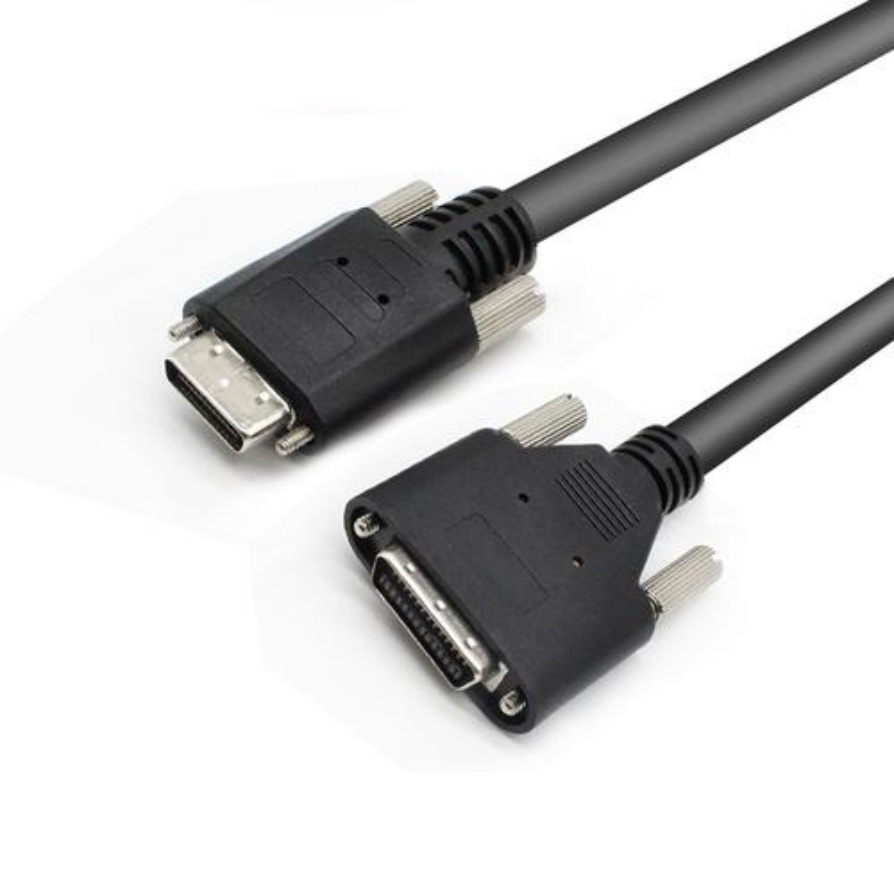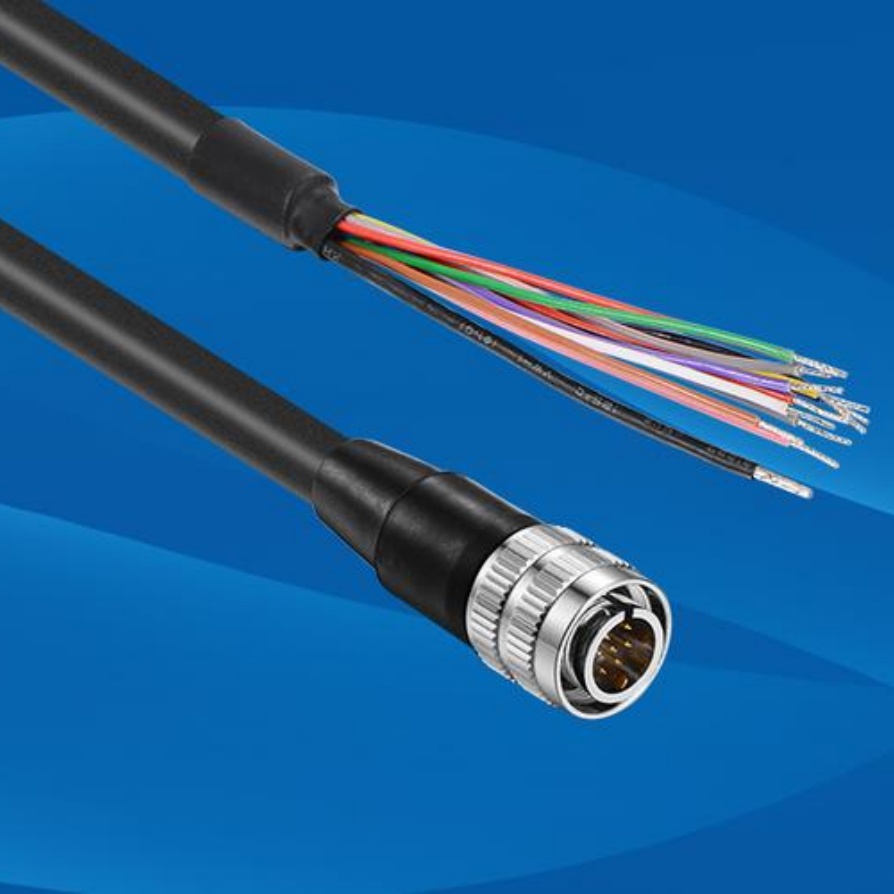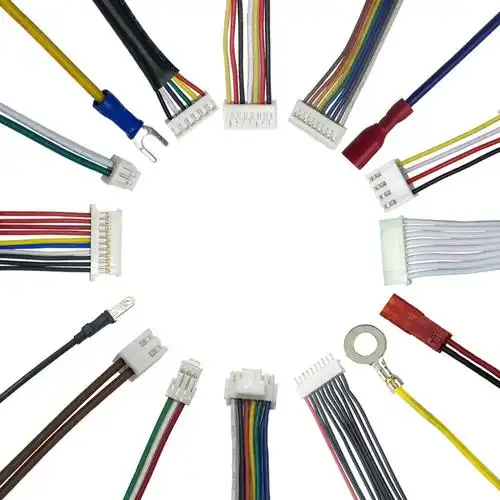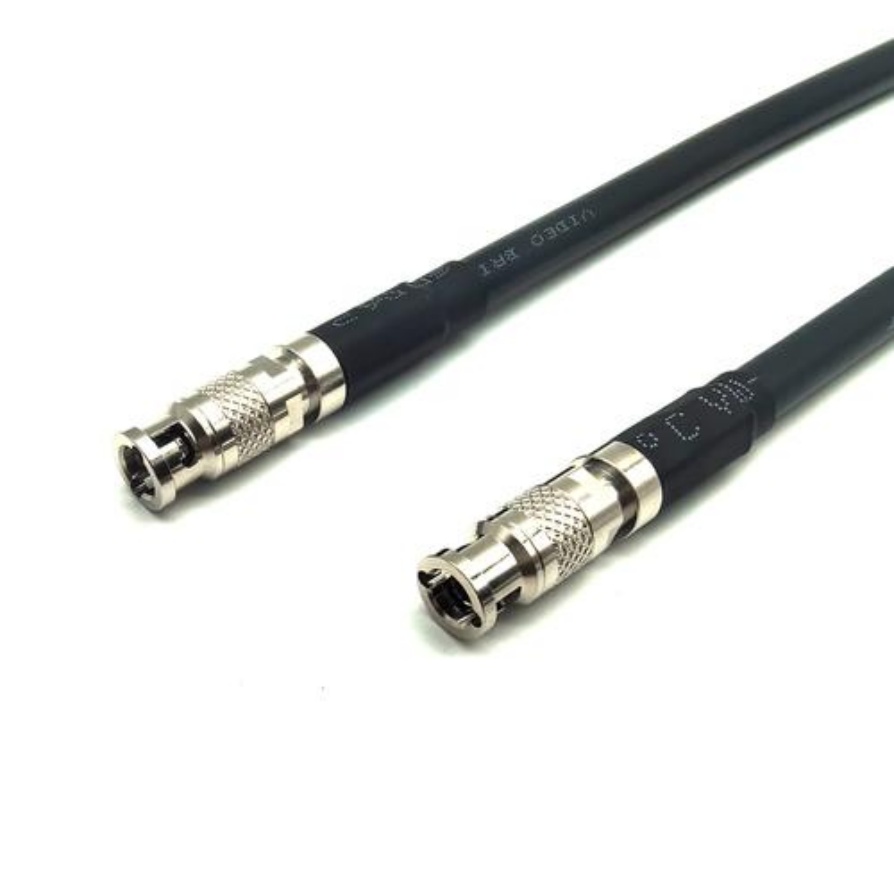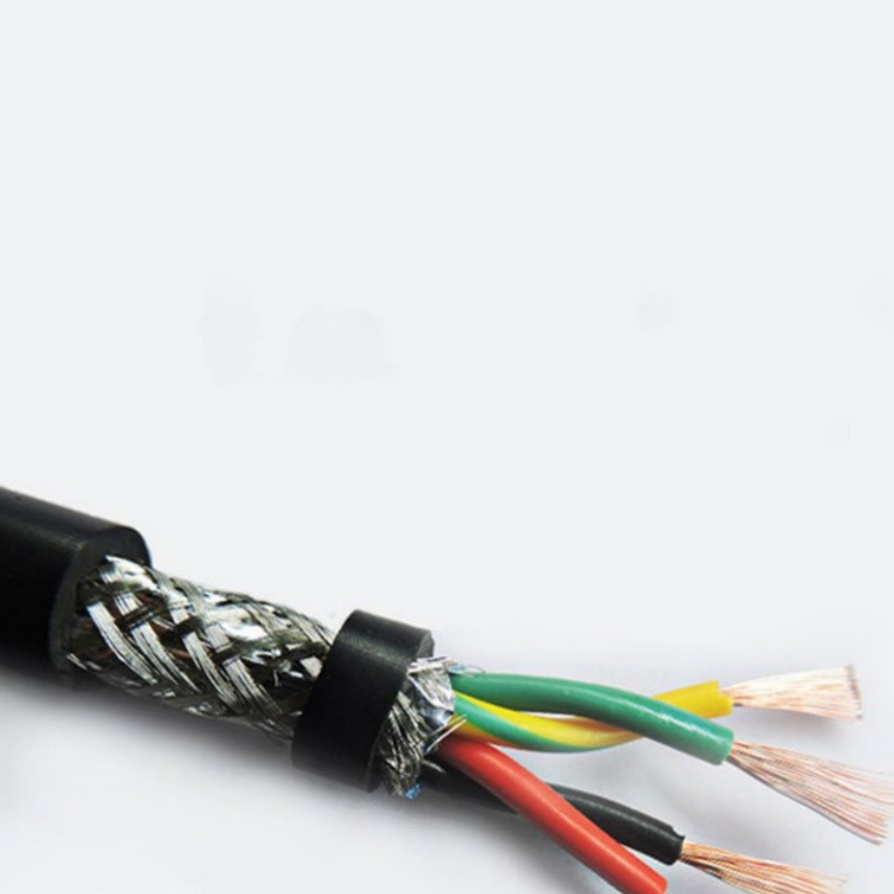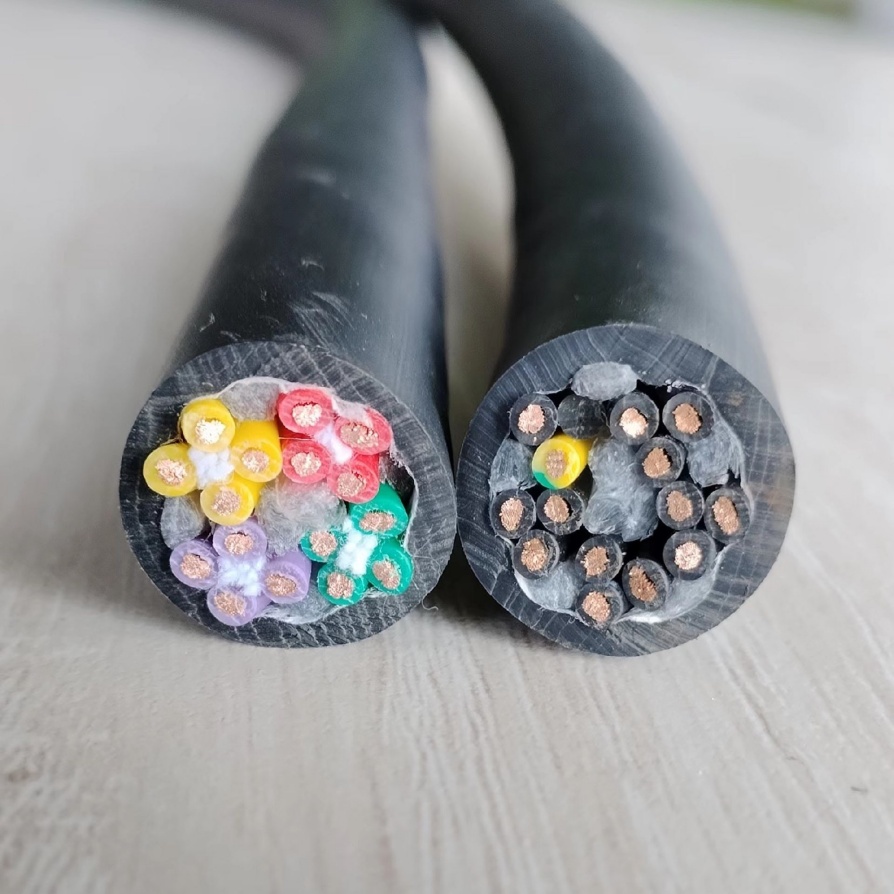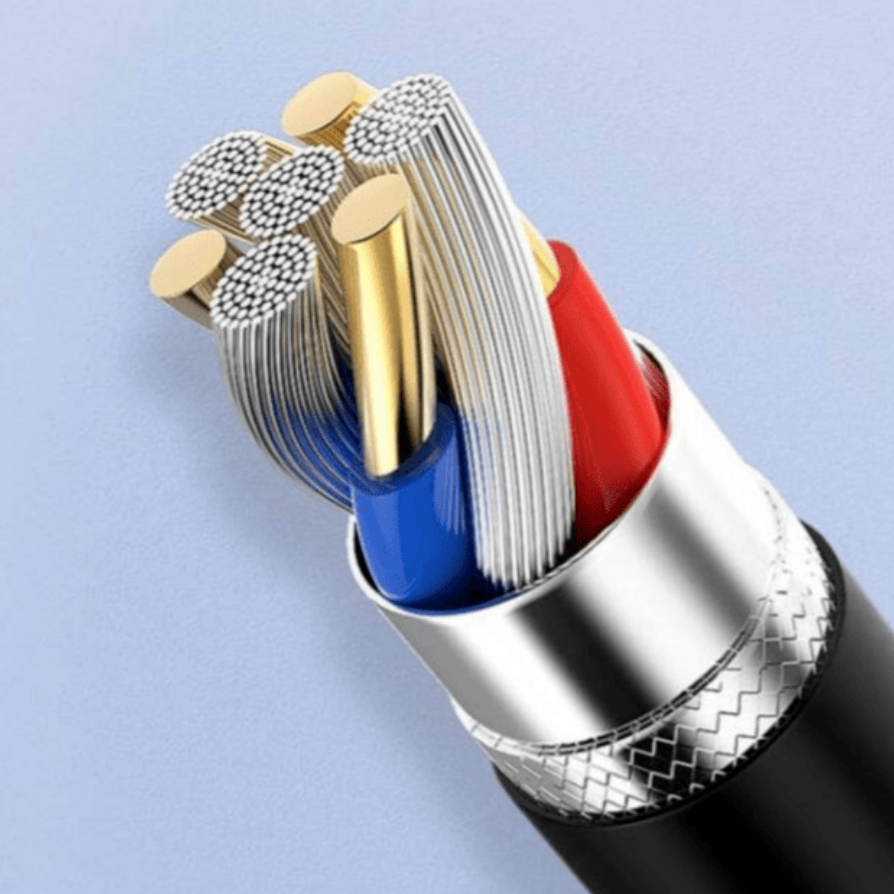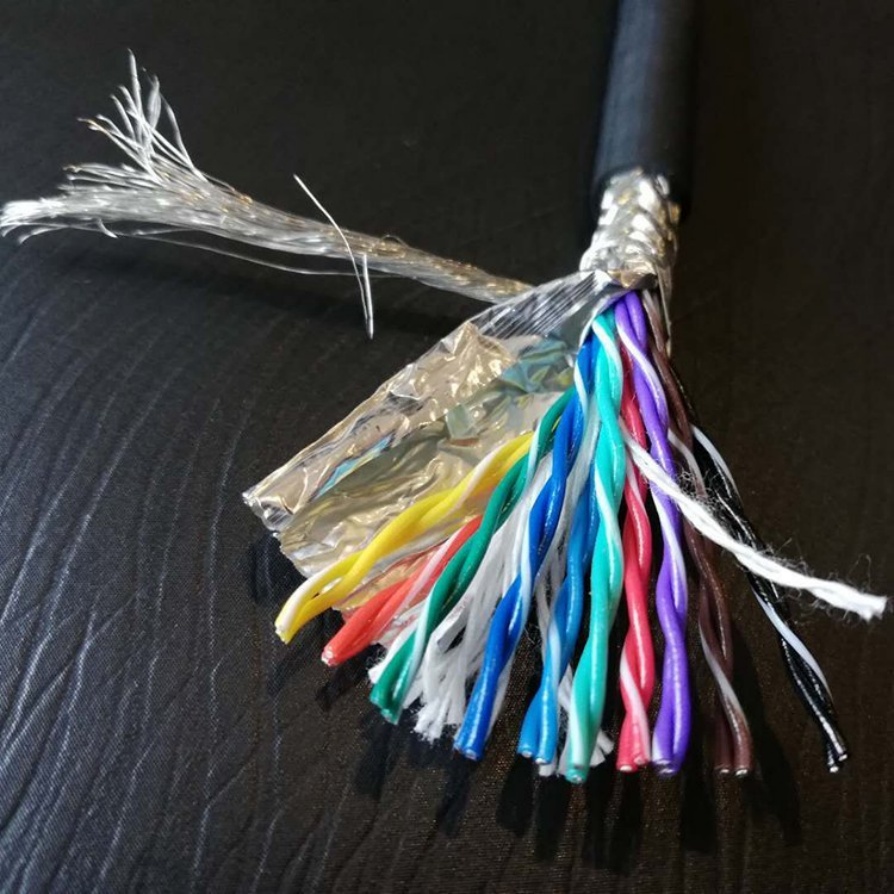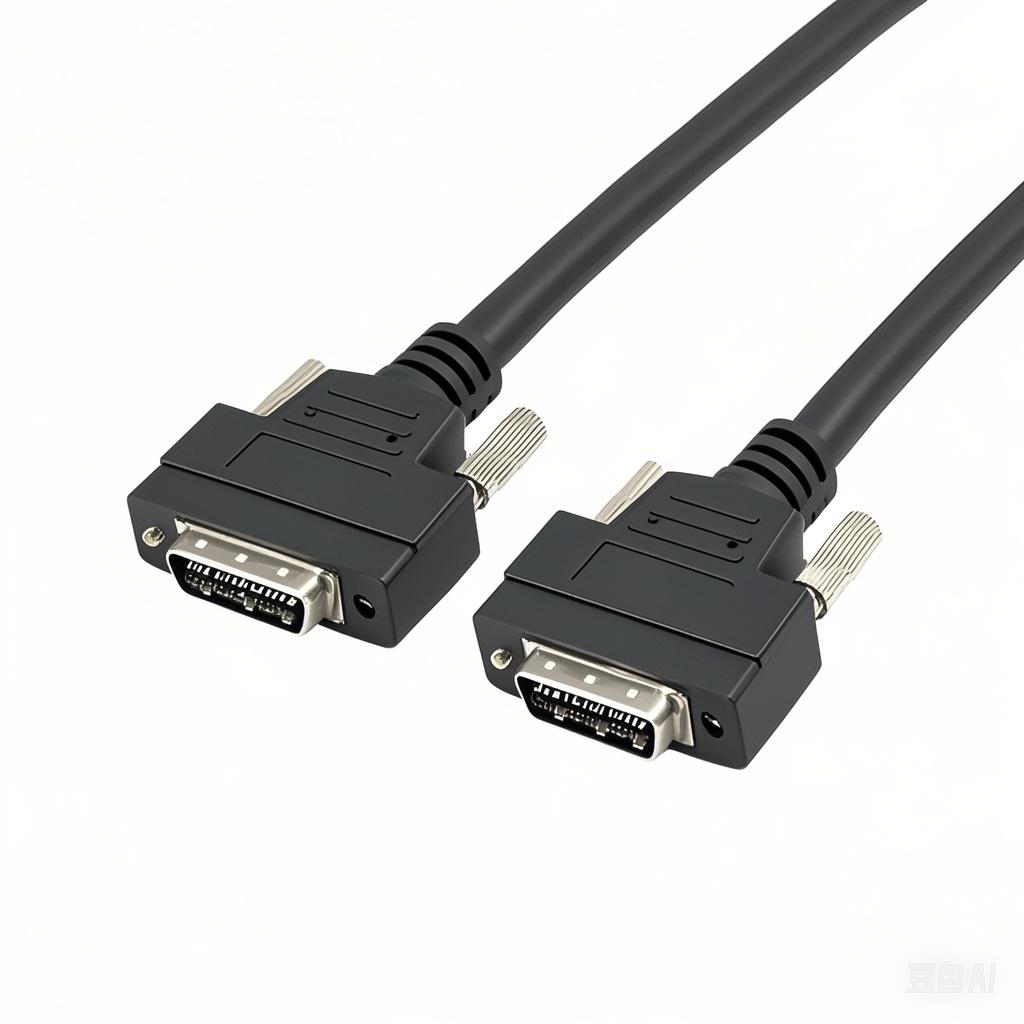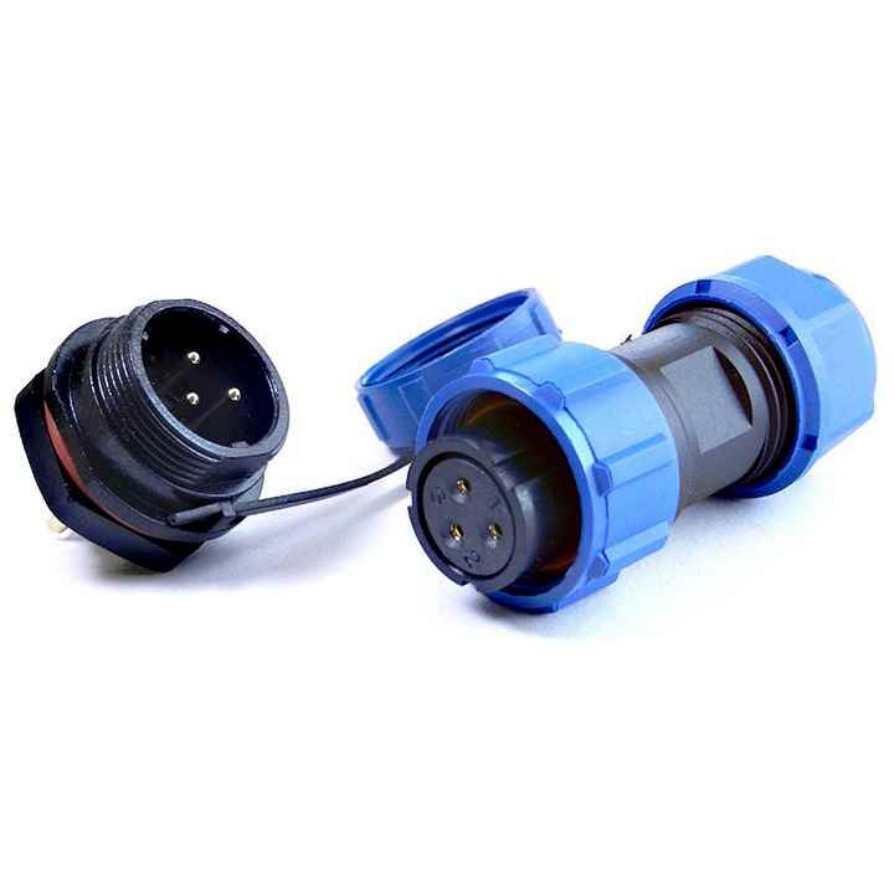Where Are UV-Resistant Vision Cables Applied?
In outdoor or high-ultraviolet (UV) environments, ordinary vision cables are prone to aging, cracking, or signal degradation due to long-term UV exposure—issues that directly affect the stability of data and signal transmission. UV-resistant vision cables, designed with special UV-protective materials (such as modified PVC or polyethylene sheaths), solve these pain points by withstanding strong UV radiation, extreme temperatures, and even harsh environmental factors like salt spray or corrosion. Their practicality makes them indispensable in multiple key industries, and below are their core application scenarios.
1. Solar Photovoltaic (PV) Power Plants
Solar PV plants are typically built in open areas (e.g., deserts, suburban wastelands) with prolonged direct sunlight, where UV intensity is far higher than in urban areas. UV-resistant vision cables play two critical roles here:
- They connect photovoltaic panels to inverters and monitoring systems, transmitting both electrical energy data and real-time operational data of PV modules (such as temperature and power output).
- Unlike ordinary cables that may crack or peel after 1–2 years of UV exposure, these cables can maintain stable performance for 8–12 years, significantly reducing maintenance frequency and replacement costs for power plant operators.
2. Transportation Infrastructure
Transportation systems rely heavily on continuous signal and data transmission, and outdoor segments are constantly exposed to UV radiation. UV-resistant vision cables are widely used in:
- Highway surveillance: Connecting roadside cameras, traffic signal controllers, and remote monitoring centers to ensure clear transmission of real-time traffic images, even in summer when UV levels peak.
- Tunnel systems: While tunnels block direct sunlight, the “UV reflection effect” from vehicle headlights and outdoor ambient light still affects cables. These cables ensure stable operation of tunnel lighting, ventilation, and emergency communication systems.
- Railway outdoor sections: Used in trackside safety monitoring (e.g., train position detection) and overhead line data transmission, withstanding both UV radiation and mechanical vibrations from passing trains.
3. Marine and Port Facilities
Marine and port environments are harsh: strong coastal UV radiation is combined with salt spray corrosion, which accelerates cable aging. UV-resistant vision cables are essential here for:
- Port crane operations: Connecting cameras on container cranes and gantry cranes to control rooms, enabling operators to monitor cargo handling accurately without signal interference from UV or salt.
- Offshore platforms: Supporting data transmission for offshore wind power monitoring, oil/gas detection equipment, and crew safety systems—their dual resistance to UV and salt spray prevents cable failure in harsh marine conditions.
4. Petrochemical Industrial Parks
Petrochemical facilities (e.g., oil refineries, chemical storage yards) are mostly located outdoors, with high UV exposure and potential chemical vapor corrosion. UV-resistant vision cables are applied in:
- Tank farm security: Connecting perimeter surveillance cameras and leak detection sensors to central control rooms, ensuring real-time monitoring of flammable or toxic substance storage areas.
- Pipeline monitoring: Transmitting data from outdoor pipeline pressure and temperature sensors, withstanding both UV radiation and occasional chemical splashes to avoid safety accidents caused by cable failure.
5. Large Outdoor Venues
Stadiums, open-air concert halls, and outdoor exhibition centers require stable signal transmission for large-scale equipment, and UV-resistant vision cables meet this demand:
- Stadium LED screens: Powering and transmitting data for large outdoor LED displays (e.g., scoreboards or live broadcast screens), ensuring no image lag or color distortion even after hours of sunlight exposure.
- Outdoor 安防 (security): Connecting distributed security cameras around venues to avoid monitoring blind spots caused by cable signal loss, which is crucial for crowd management during events.
When it comes to reliable UV-resistant vision cables, FRS brand factory stands out as a trusted partner. With over a decade of experience in manufacturing industrial-grade cables, FRS uses high-purity UV-resistant materials and conducts 72-hour accelerated UV aging tests on every batch of products—ensuring each cable meets international standards for durability and signal stability. Whether you need cables for solar power plants, ports, or transportation projects, FRS offers customized solutions (e.g., adjustable cable thickness, corrosion-resistant coatings) to fit your specific environmental needs. Choose FRS, and you choose a cable solution that reduces maintenance costs and ensures long-term operational safety.


